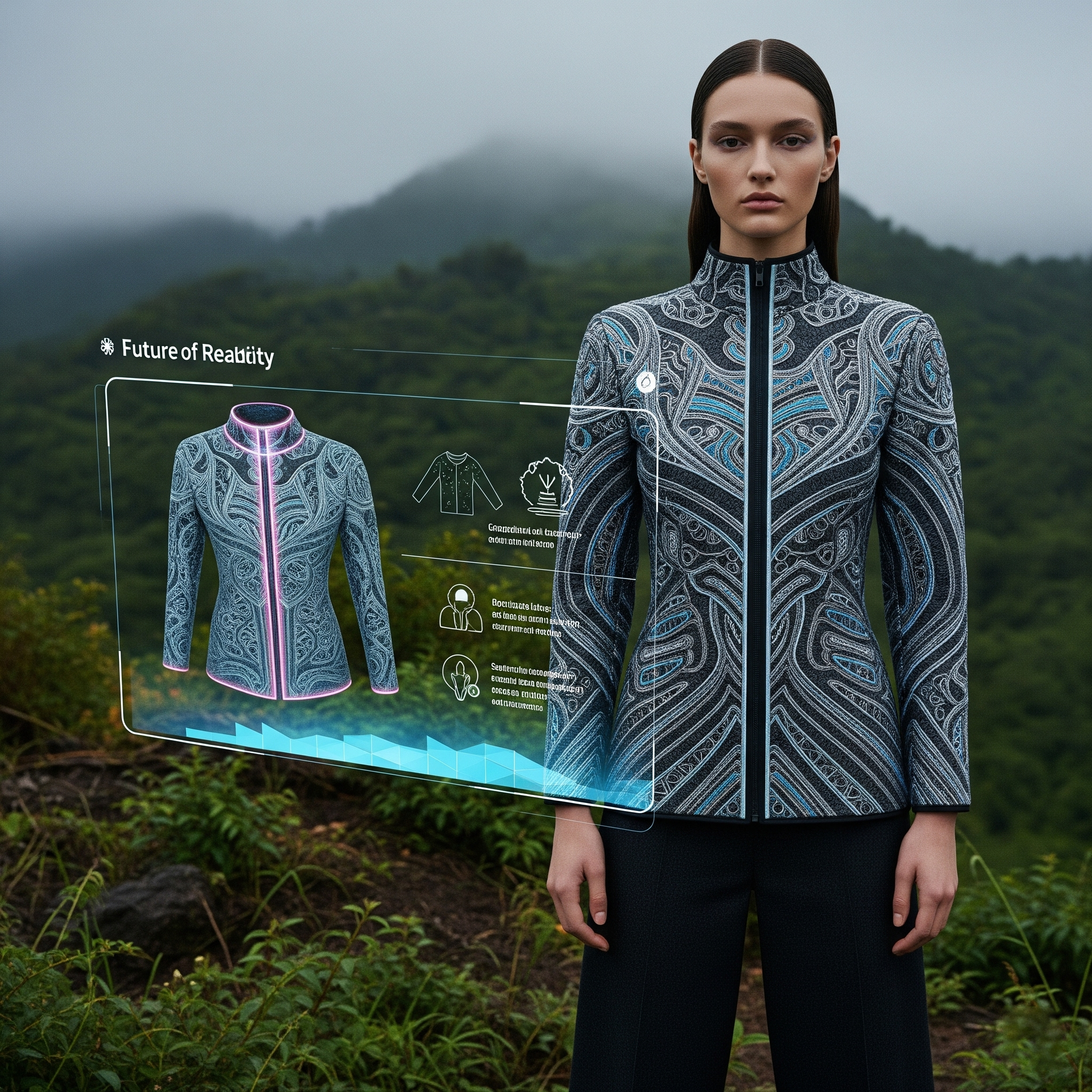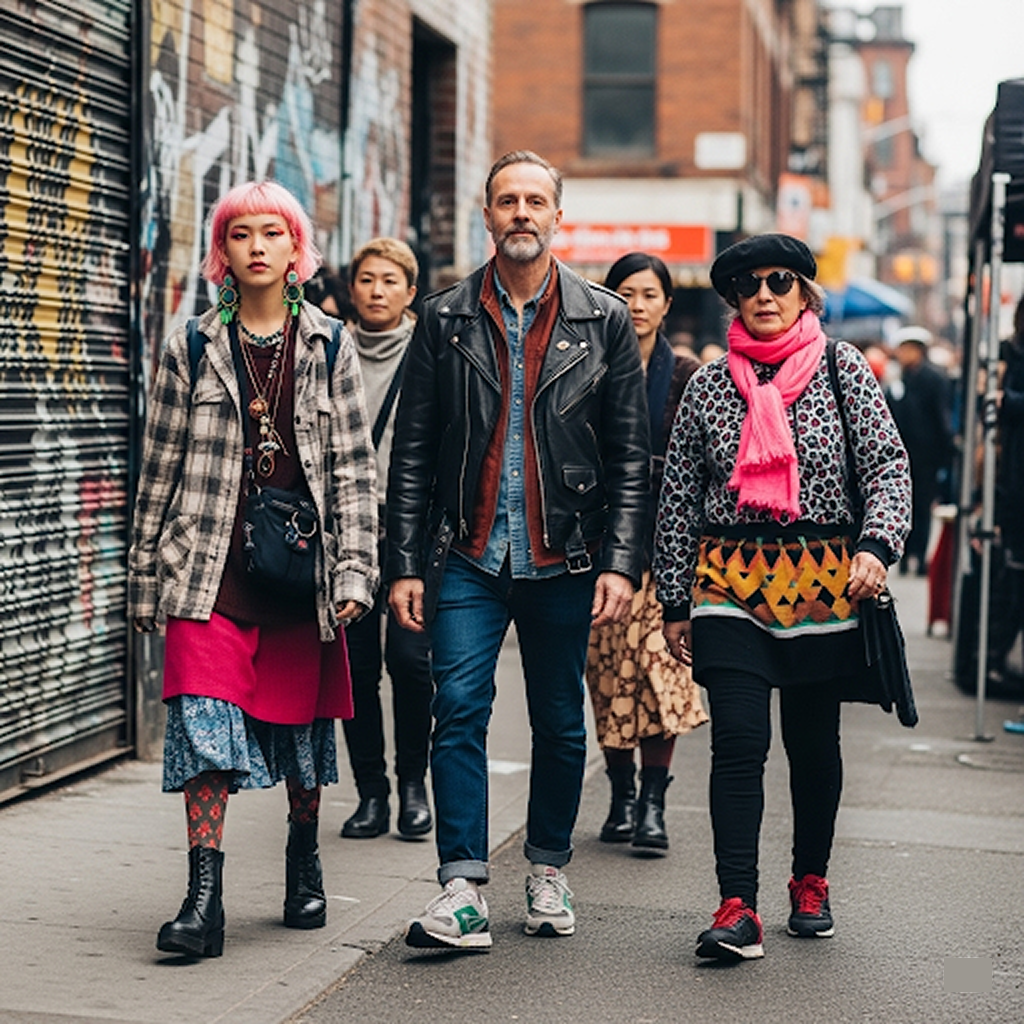No products in the cart.: $0.00
The Future of Fashion: Sustainability, Technology, and Personalization

The fashion industry stands at a fascinating crossroads, poised for a dramatic transformation driven by the urgent need for sustainability, the relentless march of technological innovation, and the growing demand for personalization. The future of fashion promises to be radically different from the linear, resource-intensive model of the past, ushering in an era of conscious consumption, technological integration, and hyper-individualized style.
Sustainability is no longer a niche concern but a fundamental imperative for the fashion industry. The environmental impact of traditional fashion production, from the vast amounts of water and energy consumed to the mountains of textile waste generated, has become increasingly unsustainable. The future of fashion must embrace circularity, moving away from a linear “take-make-dispose” model towards systems that prioritize reuse, repair, and recycling.
Innovative materials are at the forefront of this sustainable revolution. Scientists and designers are exploring alternatives to conventional fabrics, such as textiles made from recycled plastic bottles, agricultural waste, and even lab-grown materials. Bio-based fabrics derived from algae, mushrooms, and pineapple leaves offer promising avenues for reducing the industry’s reliance on resource-intensive crops like cotton. The development of closed-loop systems that can recycle and regenerate textile fibers is also crucial for creating a more sustainable future for fashion.
Technology is set to revolutionize every aspect of the fashion value chain, from design and production to retail and consumption. 3D printing offers the potential for on-demand manufacturing, reducing waste and allowing for highly customized garments. Artificial intelligence (AI) can be used to predict trends, optimize supply chains, and even personalize design recommendations for individual consumers.
The integration of technology into clothing itself is another exciting frontier. Smart textiles embedded with sensors can monitor vital signs, track fitness data, or even regulate body temperature. Augmented reality (AR) and virtual reality (VR) are transforming the retail experience, allowing consumers to virtually try on clothes, explore digital fashion collections, and even design their own garments. The metaverse presents a whole new realm for digital fashion, where avatars can express their individuality through virtual clothing and accessories.
Personalization is emerging as a key driver in the future of fashion. Consumers are increasingly demanding products and experiences that cater to their individual needs and preferences. Mass customization, enabled by technologies like 3D body scanning and AI-powered design tools, will allow for the creation of perfectly fitting and uniquely styled garments. Subscription services and personalized styling platforms will further cater to individual tastes, offering curated selections and expert advice.
The concept of “slow fashion” is also gaining traction, emphasizing quality over quantity, and encouraging consumers to invest in timeless pieces that are made to last. This shift in mindset promotes a more mindful approach to consumption, valuing craftsmanship and durability over fleeting trends. Repair and upcycling will become increasingly important, extending the lifespan of garments and reducing waste.
Transparency and traceability will be crucial in the future of fashion. Consumers will demand greater visibility into the origins of their clothes, the materials used, and the labor practices involved in their production. Blockchain technology can provide a secure and transparent way to track garments throughout the supply chain, ensuring accountability and building consumer trust.
The role of the designer will also evolve in this future landscape. Designers will need to be not only creative but also knowledgeable about sustainable materials, innovative technologies, and the principles of circular design. Collaboration between designers, scientists, and engineers will be essential for pushing the boundaries of what is possible in fashion.
In conclusion, the future of fashion is poised for a radical transformation driven by the interconnected forces of sustainability, technology, and personalization. This evolution promises a more environmentally responsible, technologically integrated, and individually expressive fashion landscape. By embracing innovation and prioritizing conscious consumption, the fashion industry can move towards a future that is not only stylish but also sustainable and empowering for both people and the planet. It’s a future where technology enhances creativity, sustainability guides innovation, and personalization celebrates the unique individuality of every wearer.



